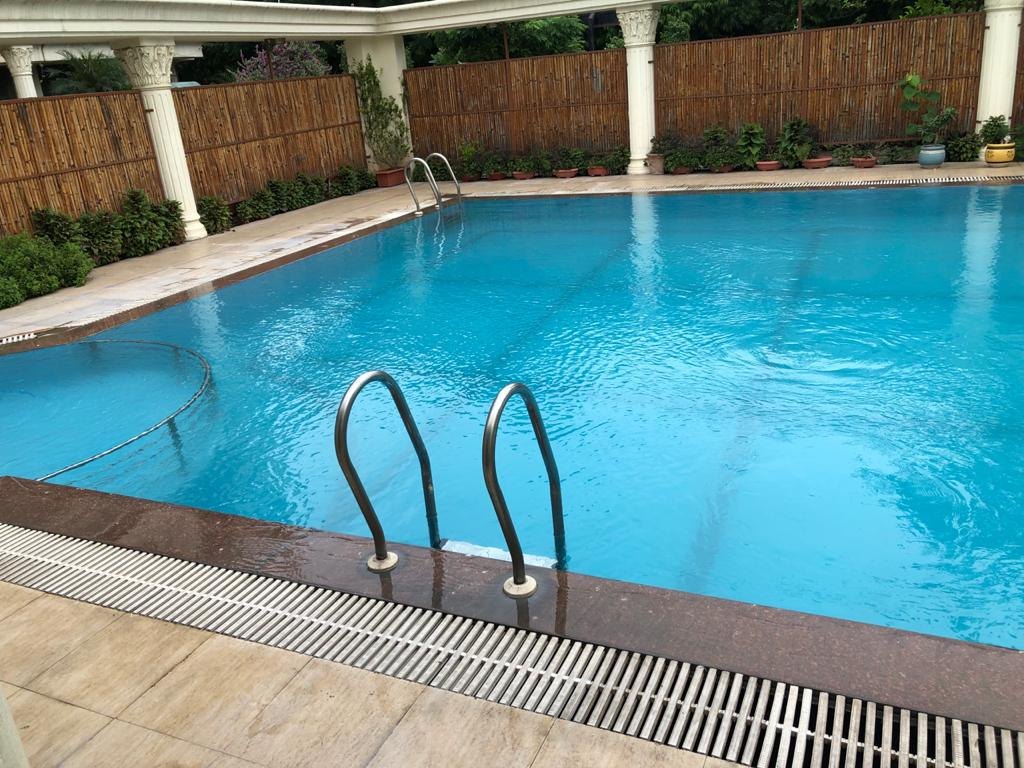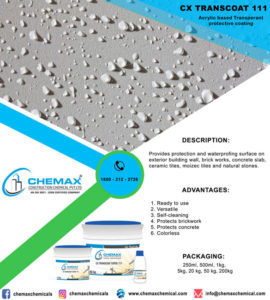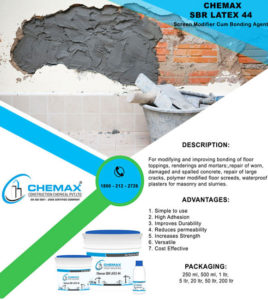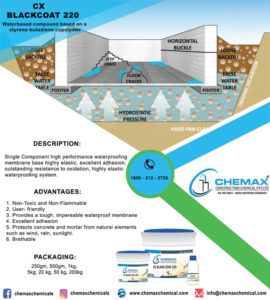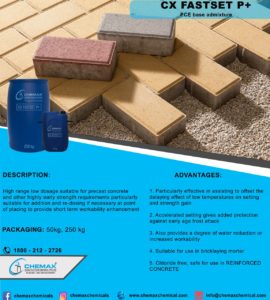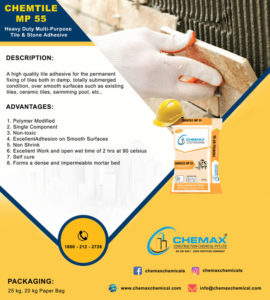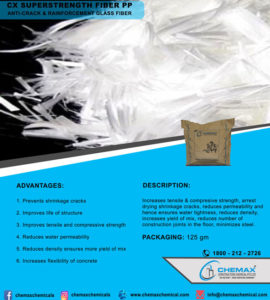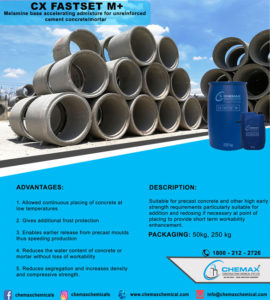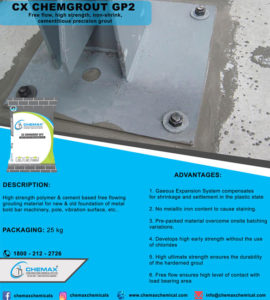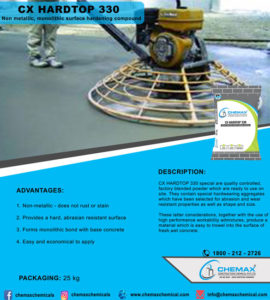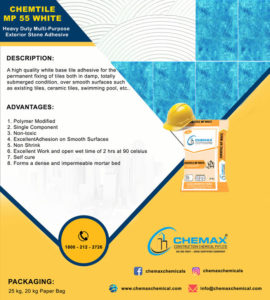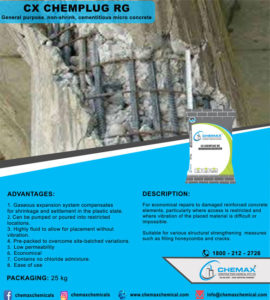Why Is The Waterproofing Of All RCC Structures Important? "
There are numerous locations throughout the world where high-ground topography development sites with an excellent drainage pattern have been depleted. As a result, the only accessible and practical places are currently found in low-lying regions near rivers, lakes, marshes, flood plains, etc.
The volume of water bearing down on us increases with our depth in any body of water. We feel greater pressure the lower we go. With continued growth, builders may be able to achieve greater water heads due to the high water pressure in low-lying areas. Furthermore, as water levels rise, more pollutants enter these buildings and construction sites, which negatively impacts masonry and concrete components. It is crucial to remember that this issue only affects structures located near the sea. As water and other impurities seep into the concrete, it deteriorates over time and releases dissolved ions, such as calcium. This is among the main justifications for why RCC structures absolutely need to be waterproofed. In below-grade locations, waterproofing RCC constructions is crucial because it guards against water penetration and structural damage.
Waterproofing methods are advised for below-grade RCC constructions or concrete surfaces for a number of reasons. First of all, it aids in keeping moisture out of a building. Additionally, it shields a building’s structural integrity from water infiltration, which could otherwise cause corrosion to the embedded steel or structural damage to the concrete.
Concrete is a porous substance by design. This indicates that capillary action, hydrostatic pressure, or water vapor may all readily transport water through it. Water can also get through poorly constructed joints, little or large cracks, and structural flaws. An RCC structure’s design may deteriorate due to internal and external contaminants found on construction sites; waterproofing can help prevent this from happening.
Concrete’s Susceptibility To Chemicals
Because of its permeability, reactivity, and alkalinity, concrete is not chemically resistant. Concrete’s ability to pass gasses and liquids varies depending on its type. Remarkably, even the greatest concrete has some degree of permeability. Furthermore, permeability rises swiftly when the moisture-curing time decreases and the water-to-cement ratio rises. If fluids seep into concrete, they may cause aggregation, chemical reactions, or embedded steel in RCC constructions. Furthermore, the system may sustain harm from the leaching of hydration chemicals from cement or from the deposition of crystalline reaction products or unwanted crystals.
Doors, Cracks & Points Of Infiltration
As previously stated, the primary goals of waterproofing RCC constructions are to prevent moisture intrusion and safeguard the structural elements of the concrete as well as any embedded reinforcing steel, if any. If concrete’s integrity is preserved, it can continue to be waterproof. It can, however, fracture both before and after hardening. At this point, every crevice becomes a potential entry point for moisture. Concrete may also crack before to hardening as a result of early frost damage, building movement, or drying shrinkage. Once it has solidified, it may fracture due to vibrations, settling, seismic forces, heavy loads, or deflection caused by shifting soil.
Because concrete is a porous substance, moisture can seep into it from multiple directions. Any concrete joints, expansion joints, or control joints are examples of these moisture infiltration locations. In addition, apertures may be found at tie rod holes, internal drains, penetrations, and structural connections.
Treatment Of Surface Defects
The surface’s quality can have a big impact on how well a waterproofing system works. Smooth surfaces devoid of humps, pits, honeycombs, fins, dirt, dust, oils, and other impurities are necessary to provide the waterproofing material with ongoing support. Ensuring strong adherence between the membrane and substrate is also essential. Furthermore, unsupported material is susceptible to deformation, extrusion, and rupture due to water pressure.
A successful Waterproofing System Is A Must
Because concrete is quickly penetrated by moisture, waterproofing and leak prevention are essential in occupied and sensitive areas. The state of concrete roads and driveways nowadays is one of the numerous testimonials to the perils of moisture intrusion. The concrete surface must be properly prepared if you want to guarantee the performance of your waterproofing system. Before applying waterproofing material, experts must fix any surface faults in the concrete.
Architects should also provide waterproofing contractors with sufficient concrete surface parameters prior to initial design in order to assist prevent disputes between different trades. As a result, an effective waterproofing system and an RCC structure with excellent structural integrity will finally be produced.
Conclusion
One of the leading producers of waterproofing materials in India, CHEMAX produces a broad range of waterproofing solutions for use in both residential and commercial building. These solutions meet international construction standards and are produced with cutting-edge technology.

